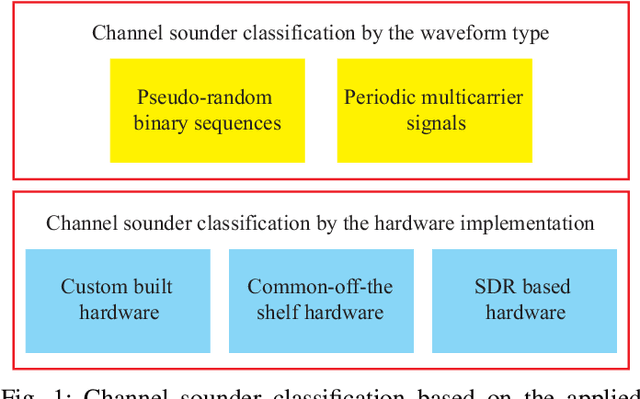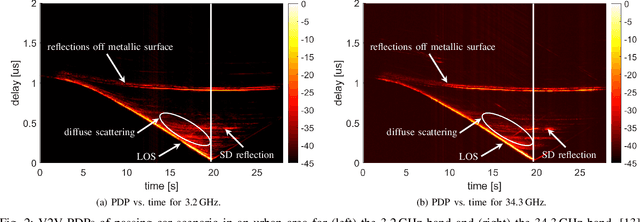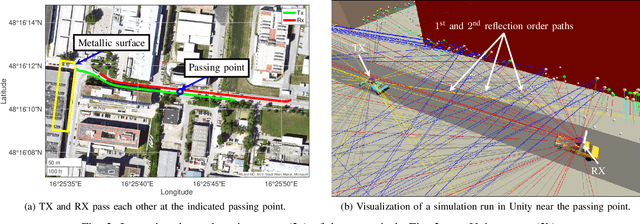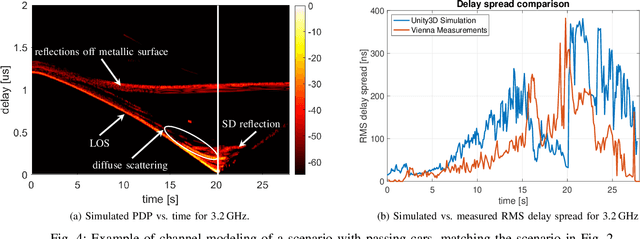Faruk Pasic
Methodologies for Future Vehicular Digital Twins
Dec 15, 2023



Abstract:The role of wireless communications in various domains of intelligent transportation systems is significant; it is evident that dependable message exchange between nodes (cars, bikes, pedestrians, infrastructure, etc.) has to be guaranteed to fulfill the stringent requirements for future transportation systems. A precise site-specific digital twin is seen as a key enabler for the cost-effective development and validation of future vehicular communication systems. Furthermore, achieving a realistic digital twin for dependable wireless communications requires accurate measurement, modeling, and emulation of wireless communication channels. However, contemporary approaches in these domains are not efficient enough to satisfy the foreseen needs. In this position paper, we overview the current solutions, indicate their limitations, and discuss the most prospective paths for future investigation.
Channel Estimation for mmWave MIMO using sub-6 GHz Out-of-Band Information
Nov 16, 2023Abstract:Future wireless multiple-input multiple-output (MIMO) communication systems will employ sub-6 GHz and millimeter wave (mmWave) frequency bands working cooperatively. Establishing a MIMO communication link usually relies on estimating channel state information (CSI) which is difficult to acquire at mmWave frequencies due to a low signal-to-noise ratio (SNR). In this paper, we propose three novel methods to estimate mmWave MIMO channels using out-of-band information obtained from the sub-6GHz band. We compare the proposed channel estimation methods with a conventional one utilizing only in-band information. Simulation results show that the proposed methods outperform the conventional mmWave channel estimation method in terms of achievable spectral efficiency, especially at low SNR and high K-factor.
Stationarity Evaluation of High-mobility sub-6 GHz and mmWave non-WSSUS Channels
Apr 03, 2023Abstract:Analysis and modeling of wireless communication systems are dependent on the validity of the wide-sense stationarity uncorrelated scattering (WSSUS) assumption. However, in high-mobility scenarios, the WSSUS assumption is approximately fulfilled just over a short time period. This paper focuses on the stationarity evaluation of high-mobility multi-band channels. We evaluate the stationarity time, the time over which WSSUS is fulfilled approximately. The investigation is performed over real, measured high-mobility channels for two frequency bands, 2.55 and 25.5 GHz. Furthermore, we demonstrate the influence of the user velocity on the stationarity time. We show that the stationarity time decreases with increased relative velocity between the transmitter and the receiver. Furthermore, we show the similarity of the stationarity regions between sub-6 GHz and mmWave channels. Finally, we demonstrate that the sub-6 GHz channels are characterized by longer stationarity time.
 Add to Chrome
Add to Chrome Add to Firefox
Add to Firefox Add to Edge
Add to Edge